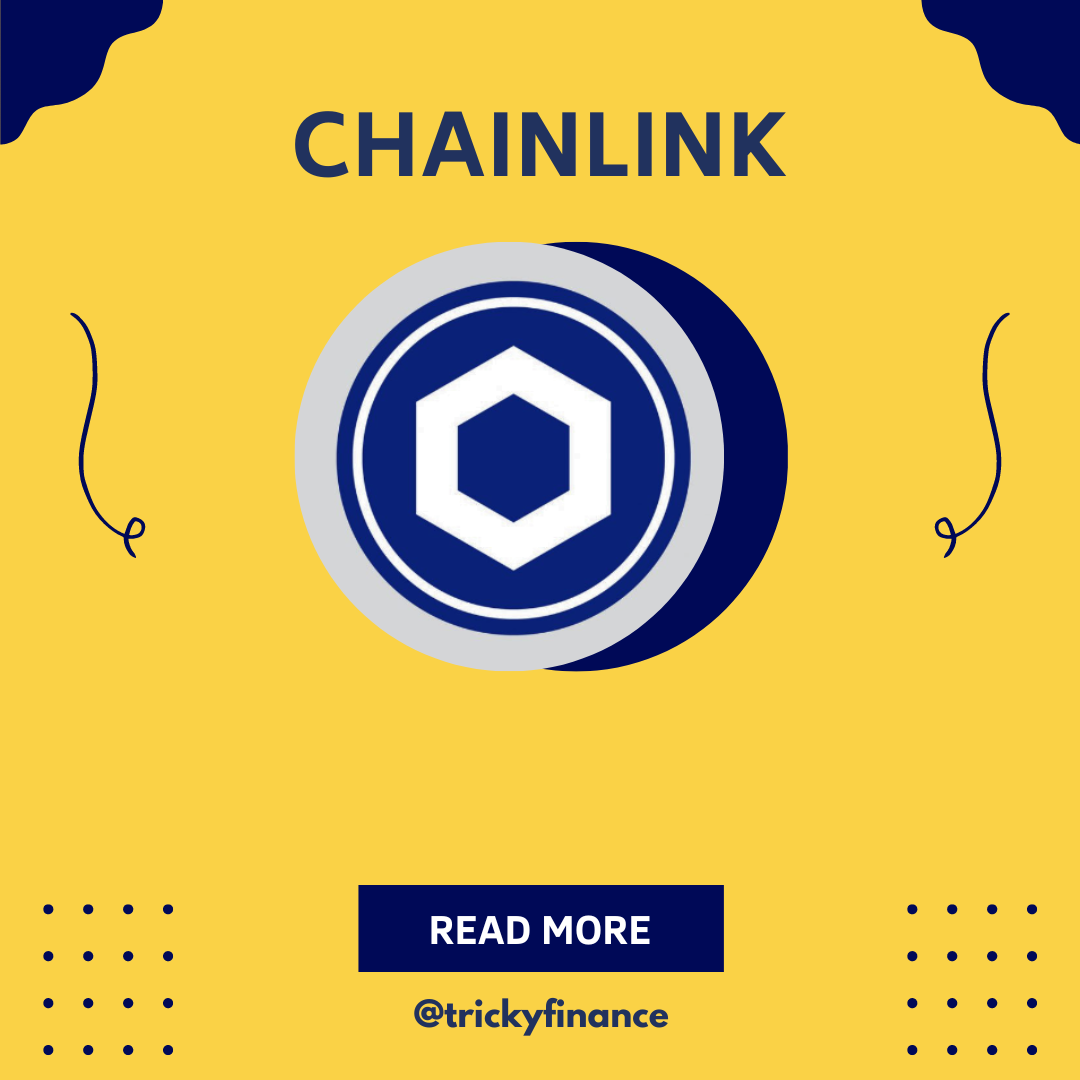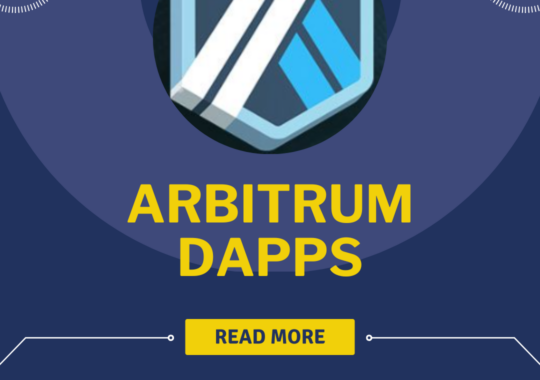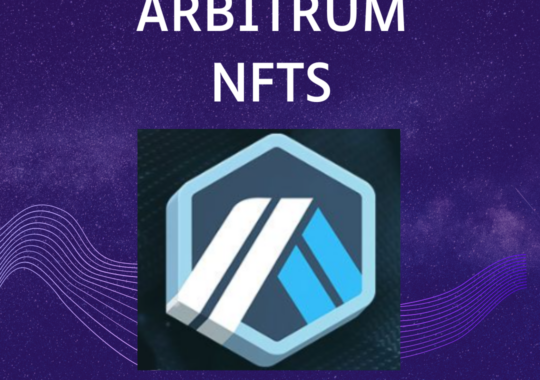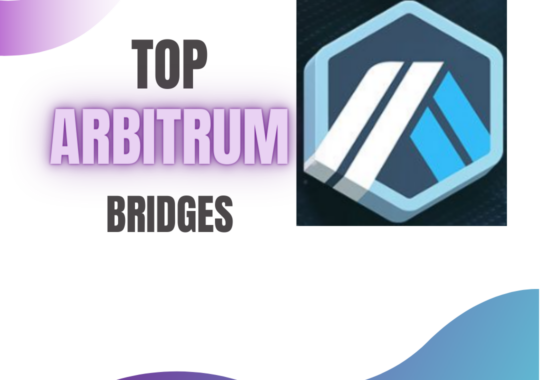In recent developments within the blockchain space, Chainlink, a prominent provider of oracle services, has taken significant strides toward enhancing decentralized finance (DeFi) and fostering blockchain interoperability. The recent integration of Chainlink into Base, a novel Layer 2 (L2) network incubated by Coinbase, alongside its participation in the SCALE program, exemplifies Chainlink’s dedication to empowering developers and propelling the growth of decentralized applications (dApps).
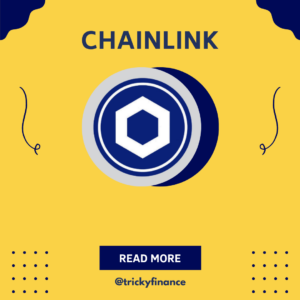
Integration with Base
Coinbase unveiled during the ETHDenver event that Chainlink Price Feeds have been successfully implemented on Base’s testnet. This integration represents a pivotal moment in Base’s evolution, granting developers access to crucial web3 services necessary for constructing fast and cost-effective dApps.
Chainlink: Enabling Data Interaction
Addressing the Data Gap
Chainlink addresses this challenge by establishing a secure and decentralized framework for smart contracts to engage with external data. Its decentralized oracle network ensures the integrity of inputs and outputs, facilitating the development and autonomous management of complex smart contracts.
Empowering Developers
Jesse Pollak, the lead of Base, expressed excitement about the collaboration with Chainlink, emphasizing the significance of equipping developers with essential data and services to fuel their creativity. By leveraging Chainlink’s decentralized oracle networks, which have facilitated over $7 trillion in DeFi transactions, developers within the Base ecosystem can securely access off-chain data vital for their dApps’ functionality.
Participation in the SCALE Program
In addition to the Base integration, Chainlink announced its involvement in the SCALE program, designed to accelerate the growth of Layer 1 (L1) and L2 ecosystems by providing affordable access to Chainlink’s web3 infrastructure. Through SCALE, networks cover the operational costs of specific Chainlink services, enabling developers to leverage critical infrastructure for their dApps’ development. This initiative aligns with Chainlink’s vision of fostering sustainable growth within decentralized ecosystems.
Mechanics of Chainlink
Incentivized Node Network
The mechanics of Chainlink involve a network of incentivized nodes responsible for providing data to the blockchain. These nodes are rewarded for accurate information and penalized for dishonesty, bolstering the reliability of the network.
Adaptable Architecture
Moreover, Chainlink’s adaptable architecture allows for the use of multiple oracles, mitigating the risks associated with single points of failure.
Use Cases
Automation in Insurance
The application potential of Chainlink is vast. In the insurance sector, for instance, smart contracts could automate claims processing based on data from Chainlink oracles.
Enhancing Decentralized Finance (DeFi)
Similarly, in finance, Chainlink could furnish real-time data for decentralized financial applications, enabling the creation of sophisticated financial products on the blockchain.
Conclusion
Chainlink’s integration into Base and participation in the SCALE program signify a pivotal moment in the advancement of decentralized applications and blockchain interoperability. By providing developers with access to reliable data feeds and critical infrastructure, Chainlink empowers the Base ecosystem to pioneer innovative, high-performance dApps. As Chainlink continues to forge partnerships and initiatives, it reaffirms its position as a catalyst for the evolution of decentralized finance and blockchain technology. Chainlink represents a substantial advancement in blockchain technology and smart contract functionality. Its capacity to facilitate secure interactions between smart contracts and real-world data positions it as a cornerstone of the evolving blockchain landscape. As the demand for reliable oracle services continues to escalate, Chainlink stands out as a project of considerable significance for the future.
Reaad more:
Exploring Base Ecosystem: Vanguard Projects
AraFi: How to participate in it?
How to Get Started with Investing with Hermes Protocol?
Princy Agarwal, a postgraduate in English from Delhi University, writes content for Tricky Finance, where they simplify complex financial topics for readers. With a knack for clear communication, Princy’s work helps make finance understandable and accessible to all.
